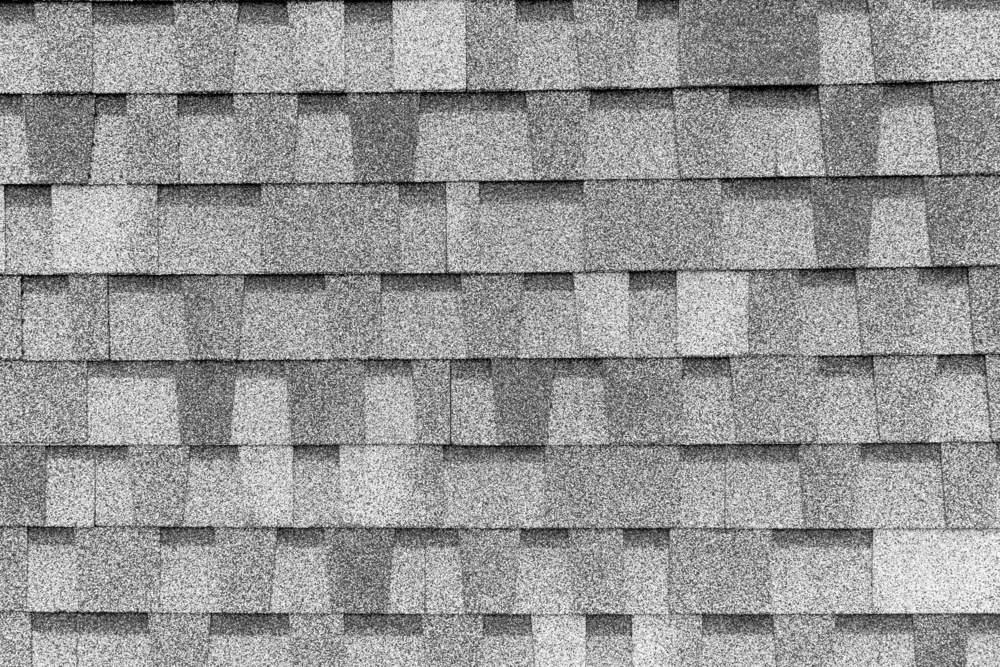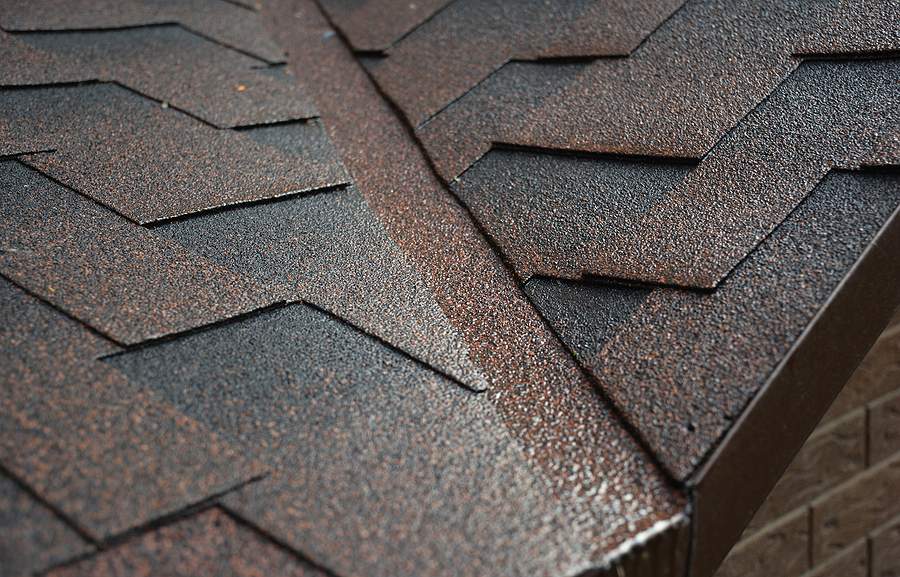Maintaining a well-ventilated roof isn’t just about keeping your attic cool—it’s crucial for safeguarding your entire Minnesota home. Poor roof ventilation can lead to costly problems, such as structural damage and roof deterioration, as well as reduced energy efficiency, and can even shorten the lifespan of your roof. Understanding the signs of poor roof ventilation helps homeowners spot problems early and take action before issues escalate.
Key Takeaways:
- Moisture buildup, mold growth, and ice dams often signal ventilation issues.
- Poor airflow can cause rising energy bills and damage to shingles and decking.
- Early detection helps protect your home and avoid expensive repairs.
Understanding Roof Ventilation and Why It Matters
Proper roof ventilation allows a continuous flow of outside air through the attic space, helping to regulate temperature and moisture levels. Roof vents, including ridge vents, are essential for maintaining balanced air circulation in the attic. In Minnesota’s extreme climate, this balance is vital. Proper ventilation helps regulate attic temperature and humidity levels, preventing issues caused by extreme outside temperature fluctuations. In winter, good ventilation reduces the risk of ice dams by keeping the roof’s surface cold enough to prevent snow from melting prematurely. In summer, it helps remove excess heat, preventing damage to shingles and improving overall energy efficiency.
Causes of Improper Roof Ventilation
Improper roof ventilation often starts with the basics: not enough intake or exhaust vents, or vents that are blocked by insulation, debris, or even pests. Sometimes, the problem lies in the original design or installation of the roofing system—if the balance between intake and exhaust isn’t right, your attic ventilation will suffer. Using low-quality roofing materials or cutting corners during installation can also lead to poor roof ventilation, trapping excessive moisture and heat in your attic. In Minnesota, where humidity and temperature swings are the norm, these issues can quickly escalate, leading to ice dams and costly repairs. Ensuring your attic has proper attic ventilation, with the right combination of vents and insulation, is essential to protect your roof and home from moisture damage and premature aging.
Visible Signs of Poor Roof Ventilation
One of the first red flags is condensation forming in your attic. You might notice:
- Damp insulation
- Water stains on rafters
- Frost accumulation on roofing nails during winter
- Visible moisture such as beaded water or condensation on plywood
These signs are often the result of moisture build up in a poorly ventilated attic. Over time, this moisture can damage structural components and promote mold growth.
Higher Energy Bills and Uncomfortable Indoor Temperatures
An improperly ventilated roof can make your home feel stifling in summer and drafty in winter. Without proper ventilation, the air conditioner must work harder to keep the home cool, leading to higher cooling costs and increased strain on HVAC equipment. When hot air accumulates in your attic, it can radiate into your living spaces, making your HVAC system work harder. This results in higher energy bills and uneven indoor temperatures—a problem many Minnesota homeowners face when ventilation is overlooked.
Mold, Mildew, and Musty Odors
Moist, stagnant air is the perfect breeding ground for mold and mildew. If you detect musty odors in your attic or upper floors, poor ventilation might be to blame. Mold growth not only damages building materials but can also affect your indoor air quality, posing health risks to your family. Excess moisture can also cause rusting of metal components such as nails and HVAC ducts, leading to further structural issues.
Ice Dams and Roof Damage During Minnesota Winters
Ice damming is a notorious winter problem in Minnesota. Poor attic ventilation allows heat to escape unevenly, warming certain roof areas and causing snow to melt. When this melted water reaches the colder eaves, where the outside temperature is much lower, it refreezes and forms ice blockages known as ice damming.
Ice damming can trap additional water on your roof, which may then seep under shingles and result in roof leaks and significant water damage if not addressed, leading to costly repairs.
Premature Shingle Aging and Roof Decking Problems
Without adequate ventilation, attic heat can cause shingles to age faster, resulting in curling, cracking, or blistering. Poor ventilation can also cause shingle damage, including curling, cracking, and blistering of asphalt shingles, as well as loose or damaged shingles. Likewise, moisture trapped in the attic can lead to warped or rotting roof decking. Roof sagging and the need for roof replacement are potential consequences of prolonged ventilation issues, and these are costly problems that can be avoided with proper ventilation. These problems compromise your roof’s structural integrity and shorten its lifespan, leading to avoidable replacement costs. Proper ventilation can extend shingle life and help prevent premature roof replacement.
Intake Vents and Airflow: The Role of Fresh Air
Intake vents are the unsung heroes of a healthy attic space. By allowing cool air to flow in—often through soffit vents—they help regulate attic temperatures and keep excessive heat at bay. This steady supply of fresh air is crucial for balancing the warm air that naturally rises to the top of your attic. Without enough intake vents, your attic can become a hot, humid environment, increasing the risk of ice dams and causing costly damage to roofing materials. Properly installed and maintained intake vents not only help prevent heat buildup and moisture problems, but also extend the life of your roof by ensuring that your attic stays cool and dry, no matter the season.
Exhaust Vents and Ventilation: Letting Heat and Moisture Escape
While intake vents bring in cool air, exhaust vents—like ridge vents—are responsible for letting hot air and moisture escape from your attic. This continuous movement of air is what keeps your ventilation system balanced and effective. In Minnesota’s climate, where attic temperatures can swing from freezing to sweltering, exhaust vents are essential for preventing heat buildup and moisture accumulation. When hot air and excess moisture are allowed to escape efficiently, you reduce the risk of ice dams, lower your energy costs, and protect your roof from premature wear. Regularly checking and maintaining your exhaust vents ensures that your attic stays dry and your home remains energy-efficient all year long.
Benefits of Proper Ventilation for Your Minnesota Home
Investing in proper ventilation pays off in more ways than one for Minnesota homeowners. With enough ventilation, you can prevent costly repairs caused by moisture buildup, such as mold growth and damage to roofing materials. Proper ventilation also helps keep energy costs in check by reducing the strain on your HVAC system, especially during extreme weather. By minimizing the risk of ice dams and other ventilation issues, you extend the life of your roof and avoid expensive, unexpected problems. Regular inspections and maintenance of your intake and exhaust vents ensure that your home remains comfortable, efficient, and protected from the elements—season after season.
How Allstar Construction Helps Minnesota Homeowners
At Allstar Construction, we’ve been helping Minnesota homeowners identify and resolve roof ventilation issues for over 45 years. As an experienced roofing contractor, Allstar Construction can assess your existing ventilation and recommend whether you need to add more ventilation or upgrade your roofing ventilation system. Our team performs thorough inspections to pinpoint problem areas and recommends tailored solutions designed to withstand Minnesota’s extreme weather. From installing ridge vents to improving attic insulation, we ensure your roofing system functions optimally in every season.
Our team can identify signs of improper attic ventilation and ensure proper ventilation is achieved for long-term roof health.
Ready to keep your roof performing at its best? Schedule your free estimate with Allstar Construction today and gain peace of mind knowing your home is protected year-round.
FAQs About Poor Roof Ventilation
What causes poor roof ventilation? Poor ventilation often results from blocked soffit vents, insufficient ridge or gable vents, or improper attic insulation that restricts airflow.
Can poor ventilation really damage my roof? Yes. Without proper airflow, moisture accumulates in the attic, leading to mold, wood rot, ice dams, and premature aging of roofing materials. A poorly ventilated attic is especially at risk for these issues.
How can I tell if my home has poor ventilation? Look for signs like high energy bills, musty odors, ice dams, or visible mold in your attic. A poorly ventilated attic or inadequate ventilation can lead to these problems. A professional inspection can confirm the cause.
Will fixing ventilation lower my energy costs? Absolutely. Improving ventilation can reduce attic temperatures, easing the strain on your HVAC system and lowering utility bills.
Does Allstar Construction handle ventilation improvements? Yes. We offer comprehensive ventilation services, including inspections, upgrades, and repairs tailored to Minnesota homes.
Ready to Protect Your Roof?
Don’t wait for ventilation problems to damage your home. Contact Allstar Construction for a free inspection and expert solutions to keep your Minnesota home safe and energy-efficient.
Learn more about our roofing services or schedule your free estimate now.



